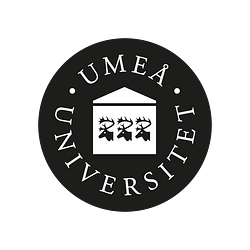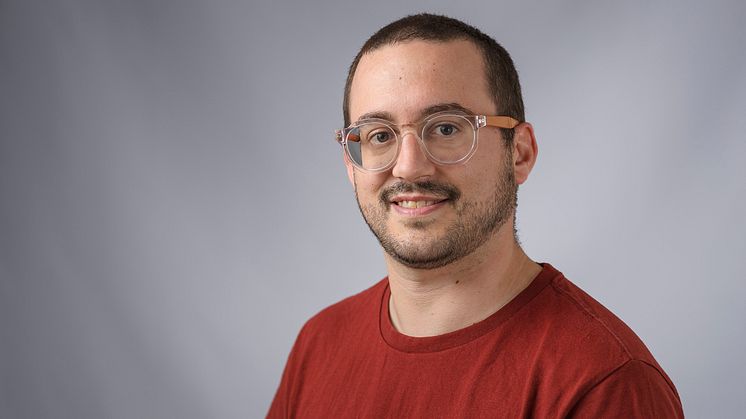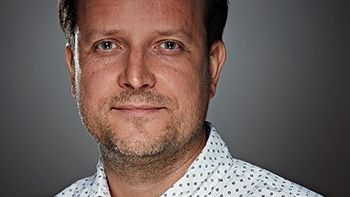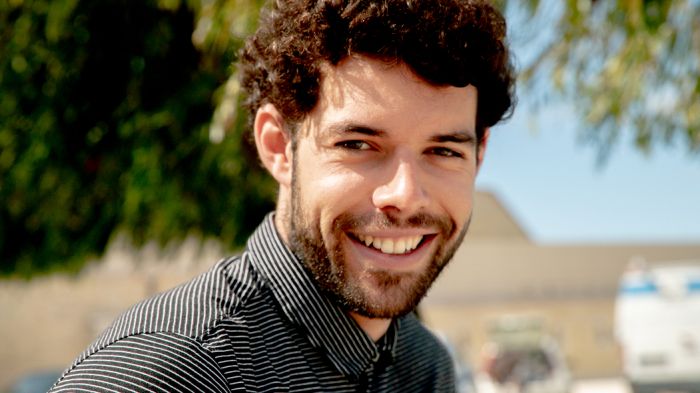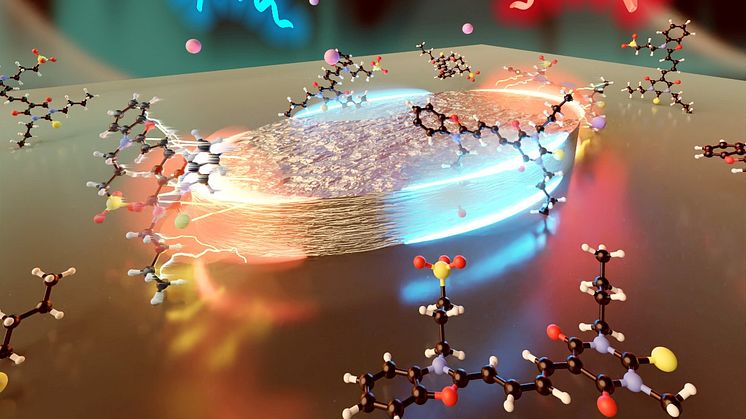
Press release -
A pulse of light makes polaritons disappear
Polaritons are a peculiar state, a kind of quasi-particles consisting of part-light and part-matter that can bring unexpected abilities to conventional chemical reactions. New research from Umeå University and others reveals that when the polaritons are hit by very short pulses of light they collapse, and from then the reaction will be completely controlled by conventional electronic transitions. The study is published in Nature Communications.
Matter exists in various forms, like solid or a liquid. But it can also take very unexpected forms, as for instance, when light and matter meet in a very confined space. Confining a few molecules of matter is easy, but for catching light special devices are needed, such as small nano-antennas, a bit similar to how TV-antennas of the past captured a TV-signal. But much smaller.
“Since we can produce large surfaces, covered with these antennas and, in principle, aimed at very practical future scaled-up applications of polaritonic chemistry, we are very intrigued by the fast processes that happen when these novel reactions take place on the antennas. This is important when we design the future useful and energy-efficient systems working with light and matter,” says Professor Alexandre Dmitriev, University of Gothenburg, Sweden.
Once light is captured and confined by the antenna, and then placed in the same spot where some organic molecules are confined, strange new light-matter mixed objects appear: “polaritons”. If these molecules take part in some chemical reactions, the reactions get completely reshuffled and can go either much slower or faster, or because the energies at which such reactions happen are different, maybe run in a way they were not supposed to run, forming new reaction products.
This fascinating field of chemistry, called “polaritonic chemistry”, opens and changes the way we look at what’s possible with chemistry. Since polaritons are part-light and part-matter, they can be studied using light itself as information carrier about the reaction happening when the polariton is formed.
“Pump-probe experiments employing femtosecond laser sources reveal dynamics that are otherwise not accessible to us. Such studies bridge the way to advancing chemistry to the ultrafast domain and promise many exciting applications from energy harvesting to quantum computing,” says Joel Kuttruff, University of Konstanz, first author of the paper.
An international team of researchers from Sweden, Italy, Germany and Luxembourg, experts in different fields (nano-antennas, organic molecules, quantum theory and ultrafast optics), now reveals what happens when very short light pulses hit the polaritons in very confined spaces. It turns out, they quickly get destroyed and then the system is entirely controlled by the conventional electronic transitions in the molecules instead.
“Exotic phenomena such as the birth and collapse of these mixed matter-light states provide manifestations of the intrinsic quantum mechanical nature of our world. These are at the same time promising for new technological applications in the long run, and fascinating from a fundamental point of view,” says Professor Stefano Corni, University of Padova, Italy.
This is very important knowledge when designing “polaritonic reactions”. Reactions might run fast, and one might be tempted to use such short light pulses to study them, but the polaritons disappearance will strongly influence the expected results of these novel reactions. This work provides a new deeply fundamental understanding of the involved processes.
“The important aspect of this work is that it revisits what was believed well-understood. It’s always crucial to deep our existing knowledge and improve our understanding. In practice, beyond new polaritonic chemistry, this work also serves to the research communities dealing with quantum chemical systems, aiming to control chemical matter and reactions at very short (femtosecond) time and very small (nanometer) size scales,” says Nicolò Maccaferri at the Department of Physics at Umeå University, Sweden, and University of Luxembourg.
About the scientific article
Joel Kuttruff, Marco Romanelli Esteban Pedrueza-Villalmanzo, Jonas Allerbeck, Jacopo Fregoni, Valeria Saavedra-Becerril, Joakim Andréasson, Daniele Brida, Alexandre Dmitriev, Stefano Corni and Nicolò Maccaferri. Sub-picosecond collapse of pollaritons mole molecular transition in plasmonic photoswitch-nanoantennas. Nature Communications, 2023. DOI: 10.1038/s41467-023-39413-5
For more information, please contact:
Nicolò Maccaferri
Assistant Professor of Physics
Department of Physics, Umeå University
Umeå 901 87 Sweden
+46 90 786 7595 | nicolo.maccaferri@umu.se
https://www.umu.se/en/research/groups/nicolo-maccaferri-lab/
Stefano Corni
Professor of Physical Chemistry
Department of Chemical Sciences, University of Padova
Padova 35122 Italy
+39 049 827 5295 | stefano.corni@unipd.it
Alexandre Dmitriev
Professor of Physics
Department of Physics, University of Gothenburg
Göteborg 412 96 Sweden
+46 70 842 3819 I alexd@physics.gu.se
https://www.gu.se/en/research/nanophotonics-and-nano-optics
Topics
Categories
Umeå University
Umeå University is one of Sweden’s largest institutions of higher education with over 37,000 students and 4,300 faculty and staff. The university is home to a wide range of high-quality education programmes and world-class research in a number of fields. Umeå University was also where the revolutionary gene-editing tool CRISPR-Cas9 was discovered that has been awarded the Nobel Prize in Chemistry.
At Umeå University, distances are short. The university's unified campus encourages academic meetings, an exchange of ideas and interdisciplinary co-operation, and promotes a dynamic and open culture in which students and staff rejoice in the success of others.

